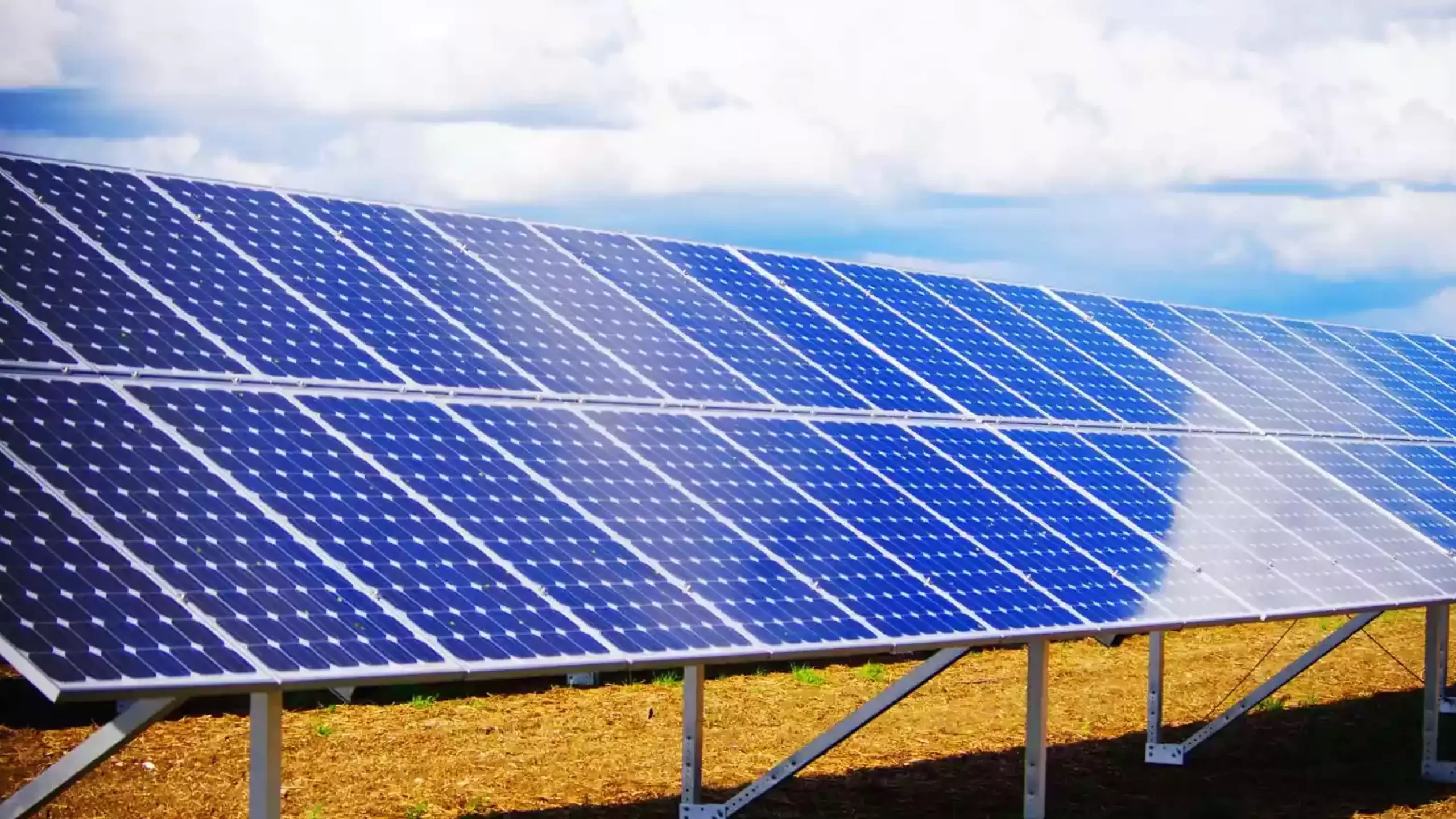Your cart is currently empty!

The Zimbabwe Power Company (ZPC) has applied to set up three solar power plants in the country. This is in a move to improve the supply of electricity. The power plants, each with 100MW capacity, will be in Gwanda, Matobo and Munyati. “From a given notice, the Zimbabwe Energy Regulatory Authority is in receipt of an application from the Zimbabwe Power Company. They will construct, own, operate and maintain the proposed 100 MW Insukamini Solar Photovoltaic Power Plant at Valindre Farm of Matobo district in Matabeleland South Province.” the Zimbabwe Energy Regulatory Authority (ZERA) said this in a recent statement. Recently, ZPC sought permission from the State Procurement Board to cancel a $113 million contract for repowering of Munyati Power Station awarded in 2015 to an Indian firm Jaguar Overseas Limited, citing delays in securing funding for the project.
EXTENSION OF KARIBA DAM At the moment, ZPC is undertaking a multimillion extension of Kariba Power Station. This is by a further 300MW from the current capacity of 750MW. Chinese firm Sino Hydro is undertaking the expansion work, with China also providing the bulk of the $533 million funding. Zimbabwe’s electricity demand stands at 1,400MW. The actual generation is around 980MW. The imports from South Africa and Mozambique add to the remaining balance. The southern African nation also plans to upgrade its oldest coal fired power plant, Hwange; in a $1.3 billion project. In conclusion, this project is expected to increase generation capacity by 600MW.
ZIMBABWE’S SOLAR FOR RURAL CLINICS PROJECT GETS GOVERNMENT GO AHEAD Zimbabwean Government supports solar installations at all its rural clinics to reduce challenges of power cuts and recurring costs associated with generator use; a senior Government official has said. This is particularly in provision of maternal health services. Media made a tour to Beatrice Rural Health Centre. This is one of the 35 rural clinics piloting the solar system. According to Dr. Bernard Madzima, Family Health director in the Ministry of Health and Child Care, at night it becomes difficult for midwives to assist mothers to deliver when there is no proper lighting. “Previous assessments have shown that most generators were no longer functional. In cases where they are still functioning, the clinic might not have fuel to run them,” said Dr Madzima.
SOLAR SYSTEM INTERVENTION “A solar system would be the best intervention to ensure reliable power in rural clinics. Bearing in mind limited financial resources at most of the clinics,”Dr Madzima suggested. “This innovation falls under the low cost, but economic intervention. We can adopt this as a strategy for the whole country. Considering that we have abundance of sunshine in the country, this is something we are willing to look at and find ways of financing installations at all our clinics,” he asserted. Dr Bolan Madede, Beatrice Rural Health Centre medical officer agreed that clinics were finding it difficult to assist mothers to deliver at night. “In most instances, the midwives make use of candles.
These have either been bought by the clinic or by the expecting mother herself,” he said. The solar system makes work easier for our health workers. This because lighting from a candle is very difficult to assist mothers to deliver. It is especially when there is need for suturing,” he further explained. Mashonaland East is the first province to install the solar system. It is specifically for maternal health. The system was piloted by a local company, Zim Energy. It seeks to reduce maternal deaths and complications by providing lighting to all clinics. The solar suitcase comes with four LED lighting bulbs and charges cell phones. It also has LED headlamps that come with their own rechargeable batteries.” Zim Energy cofounder Mr Wadson Muchemwa said
